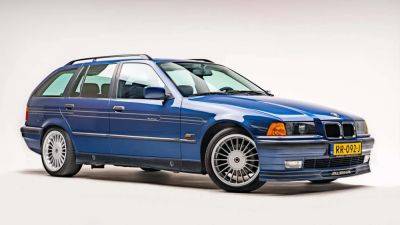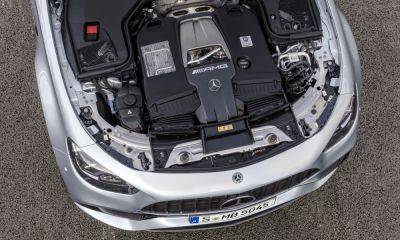Why Mercedes is now X-raying its crash tests
Witnessing the sheer violence of a crash test in a closed facility for the first time is a sobering experience.
The colossal energy release and the noise it makes last only a second, but they’re followed by an eerie silence that makes the experience even more shocking.
Crash testing is something that car makers spend millions on doing, and techniques for understanding what happens to a car’s structure and the dummies inside it are continually being improved.
In the past year, Mercedes-Benz has become the first maker to subject two electric cars to a crash test with one another and the first to X-ray a crashing car at the moment of impact.
The X-ray test took place at the Ernst Mach Institute in Freiburg, Germany, using a C-Class saloon and a linear accelerator as the X-ray camera. It was a side impact test, meaning the car remained stationary while a heavy barrier was slammed into it at 37mph.
In the seat closest to the impact (on the left) sat a SID II dummy, which is specially designed both for side impact tests and to represent the female body.
In Mercedes’ system, the X-ray images are made by a linear accelerator working at a high frequency of 1kHz, looking down on the car from above. A flat detector below the car acts as a digital receiver, generating an electrical signal when it’s hit by the X-rays.
As the X-rays pass through the car’s structure and the dummy, they’re absorbed to a greater or lesser extent by the materials, so the intensity varies across the plate, which in turn generates the varying tones to create a black and white image. The end result is similar to that of a hospital X-ray machine or an airport luggage scanner.
The duration of the X-ray pulse is just a few microseconds, so it can record still images of the deforming structure without any blurring due to movement. But because the linear accelerator generates a continuous stream of X-ray pulses, it can generate up to 1000 images per second.
In the few milliseconds of impact, it can shoot about 100 still images, which can be viewed individually or combined into a video.
The results give an accurate insight into what happens to the car in a crash and also to the dummy. It gives







